Seafood is not a carbohydrate food, its main nutritional components are high-quality protein and healthy fats. Seafood has extremely low carbohydrate content, with common species such as salmon, shrimp, oysters, etc. typically having less than 1 gram of carbohydrates per 100 grams, much lower than typical carbohydrates such as grains and potatoes. The nutritional value of seafood is mainly reflected in its high content of Omega-3 fatty acids, vitamin D, selenium and other trace elements, making it a suitable source of high-quality protein for low-carbon diets. Seafood generally has a high protein content, for example, 100 grams of salmon contains about 20 grams of protein, and its amino acid composition is close to the human body's demand pattern, with a high digestion and absorption rate. The fat composition is mainly composed of unsaturated fatty acids, especially EPA and DHA rich in deep-sea fish, which help regulate blood lipids and cognitive function. In terms of minerals, oysters have significantly higher zinc content and mussels have significantly higher iron content than red meat, while iodine is particularly abundant in seafood such as kelp and seaweed. Some processed products such as fish balls and crab meat sticks may have added starch, leading to an increase in carbohydrate content, but natural seafood itself contains almost no starch. For diabetes patients or ketogenic dieters who need to control carbohydrate intake, fresh seafood is an ideal choice of ingredients. Attention should be paid to seafood allergy sufferers who should avoid consumption, and patients with hyperuricemia should control their intake to prevent triggering gout.
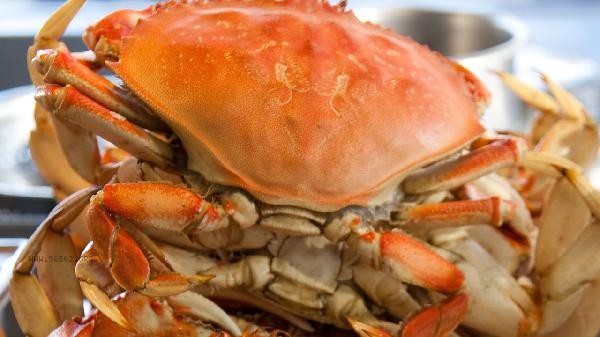
Seafood can be steamed or blanched with vegetables in daily diet to retain nutrients and avoid additional carbohydrates intake. It is recommended to eat different kinds of seafood 2-3 times a week, and small fish such as mackerel and sardine with low mercury content are preferred. When cooking, avoid powder coating, deep frying, or high sugar sauces. Gout patients can pair with alkaline foods such as broccoli to balance uric acid metabolism. Allergic individuals should test small doses when trying new varieties for the first time.
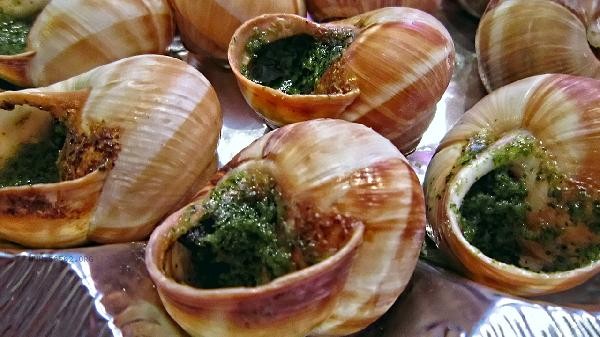


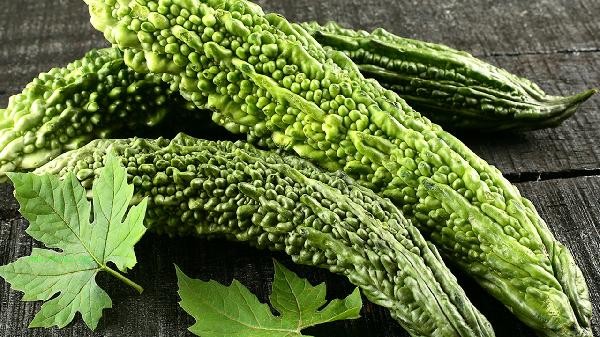

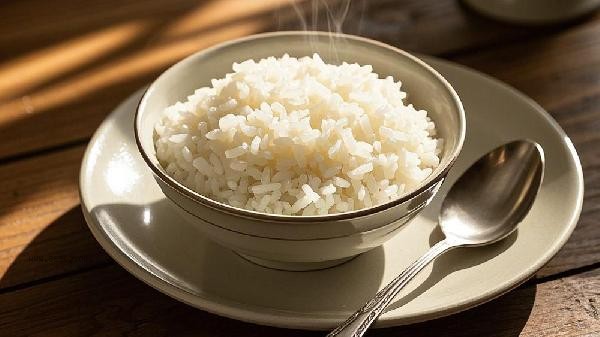
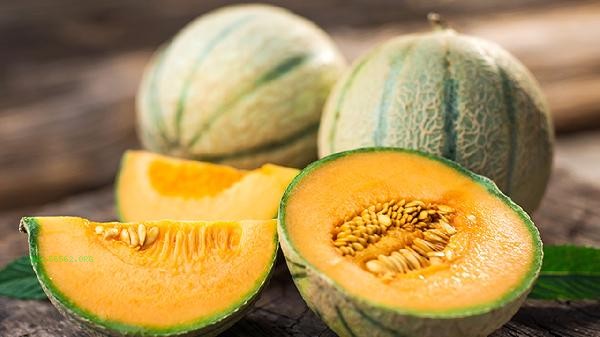
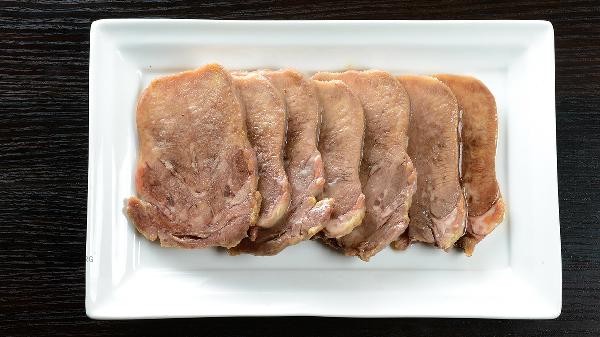


Comments (0)
Leave a Comment
No comments yet
Be the first to share your thoughts!